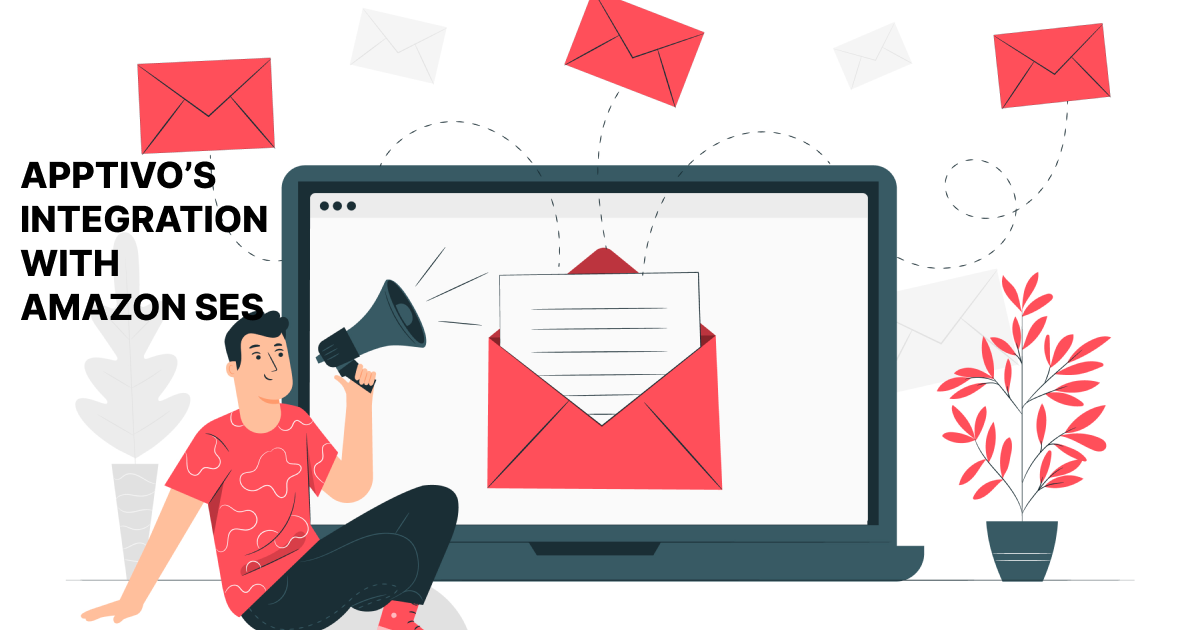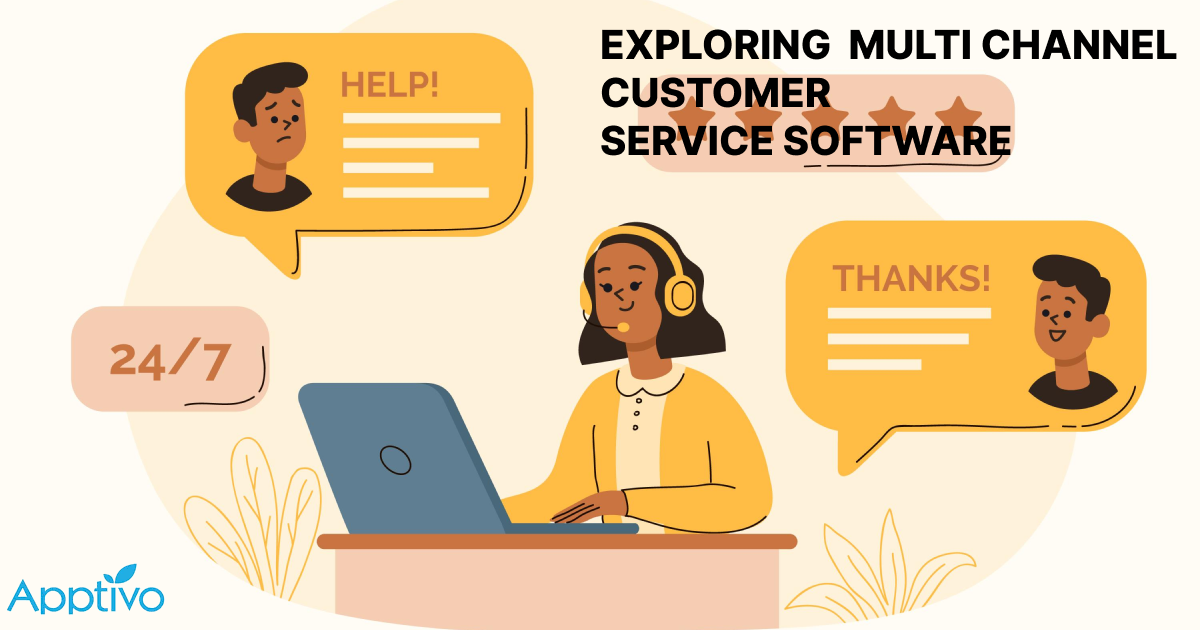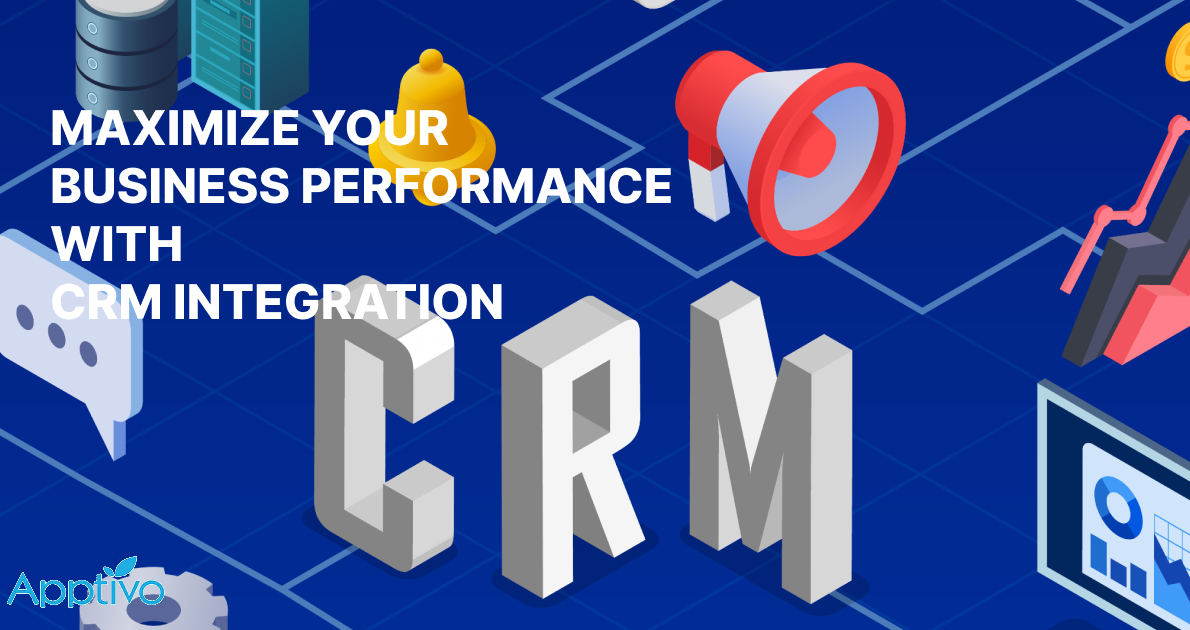 |
The terms “POS” and “CRM” resonate with most small businesses. The untapped potential, however, rests in knowing what they truly are and how they may help these businesses. This blog tries to shed light on these important issues.
Imagine the business to be a chef’s domain: CRM serves as a discerning favorite dish, while POS serves as a quick cooking equipment. They work together to enable the chef to create delighted consumers and smooth transactions. Let’s dive in, beginning with a concise overview of these concepts.
POS Vs. CRM: The Basics
Both POS and CRM are essential for any organization. Let’s break it down in simpler terms:
Point of Sale (POS) System
In a retail context, a Point of Sale (POS) system resembles an intelligent cash register. It not only processes customer payments but also handles tasks like inventory management, cash reconciliation, and sales tracking. Imagine a small shop owner who uses a POS system. This system not only helps them take payments but also keeps track of what products are available, assists in counting the day’s earnings, and remembers popular items that customers frequently purchase.
Customer Relationship Management (CRM)
When it comes to managing customer interactions, a Customer Relationship Management (CRM) system plays a crucial role. It maintains records of customer profiles, purchase history, and communication. It also aids in marketing efforts. Think about a shop owner who knows a regular customer really well. They remember the customer’s preferences and frequently engage in friendly conversations.
Similarly, a CRM system helps the shop owner remember their customer’s preferences, making it possible to offer personalized experiences. For instance, if a customer named Alex often buys a particular type of coffee from the shop, the CRM system helps the owner remember to inform Alex about special discounts on that coffee. This personalized attention enhances the customer’s loyalty to the shop.
What is a POS system?
A Point of Sale (POS) is where customers pay for the things they buy from a store or company. To put it simply, it’s like the spot where a purchase happens. When a customer decides to buy something, that’s when a point of sale transaction takes place. This transaction makes sure both the customer and the company finish their part of the deal.
The POS system operates through a harmonious interplay of two essential components:
Hardware
Hardware includes physical components such as a credit card reader, a screen, a scanner, and a variety of additional tools. These physical equipment work in tandem with the POS software to make sales transactions easier.
Software
The software functions similarly to a programme that resides in the virtual world (in the cloud). It is what allows the transaction to be performed. It allows the company to sell items known as the point of sale.
However, a POS system provides more than just transaction processing. It frequently incorporates services such as inventory management, which analyzes the availability of products in real time, informs the business when stock levels are low, and provides insights into popular items. It can also help with cash drawer management, ensuring that the cash balances are precise and balanced at the end of each day.
Some POS systems additionally include advanced features such as interaction with other company tools, sales analytics, personnel management, and marketing features like loyalty programmes or targeted promotions. This integration of diverse services assists organizations in not just processing transactions effectively, but also gaining insights into their operations, making informed decisions, and improving customer experiences.
What is a CRM system?
A customer relationship management (CRM) system is a computerized tool that assists organizations in remembering everything about their consumers. It saves their contact information, what they buy, and how they prefer to be treated. Businesses may make their customers feel special and joyful in this way. Find out more about CRM here.
Benefits of using POS-CRM integration
Integrating a POS system with a Customer Relationship Management (CRM) system provides numerous advantages to firms. Here’s why this integration is so beneficial:
Comprehensive Customer View
Enterprises gain access to an all-encompassing portrait of each customer through the integration of POS and CRM systems. This includes their purchasing history, preferences, and contact information. Businesses can personalize their engagements and services with this unique information, raising the client experience to new heights.
Personalized Marketing
The fusion of systems empowers businesses to craft precision-focused marketing initiatives by leveraging customer data sourced from the CRM. For example, if the CRM illuminates a customer’s frequent purchases of a specific product category, the business can strategically dispatch tailored offers linked to that category. This strategic approach substantially augments the likelihood of sparking a purchase.
Improved Customer Service
Employees can provide individualized help if they are equipped with customer insights during transactions. When a consumer requests information about a previously purchased product, the integrated system quickly provides essential details, making the dialogue more fluid and helpful.
Loyalty Programs
Integration allows for simple management of loyalty programmes. With each purchase, customers can receive incentives or points, which the CRM can track. This motivates customers to return and makes them feel valued.
Efficient Inventory Management
The integration of both systems improves inventory management. The POS system immediately updates inventory levels in real-time with each sale. This information is used to forecast demand and strategically restock supplies as needed.
Streamlined Operations
Integration reduces the need for duplicate data entry. When a customer’s information is entered during a sale, the CRM is automatically updated. This not only saves time but also reduces the possibility of errors.
Data-Driven Insights
The dual systems yield invaluable data. Through seamless integration, businesses can collectively analyze this data, uncovering trends in sales, customer behaviors, and beyond.
Enhanced Customer Retention
Businesses can avoid attrition by analyzing customer preferences and behaviors. For example, if a loyal client has been missing for an extended period of time, the CRM can send a personalized email with a unique offer to rekindle interaction.
Growth Opportunities
The combination of sales and customer data enables firms to identify chances for growth. It reveals emerging trends and untapped customer categories, serving as a guidepost for developing strategic initiatives.
Seamless Multi-Channel Experience
For businesses spanning various avenues (physical store, online platform, social media), integration guarantees uniform customer data across all touchpoints. This delivers an effortless experience to customers, irrespective of their chosen engagement channel.
How CRM-enabled POS systems can help your business?
Discover the various ways in which CRM-powered POS systems may change business:
Find your Nemo (Finding your most loyal customers)
CRM software makes it simple to pursue ideal consumers and ensure their recurring business. By effortlessly combining this feature with advanced POS systems, one can effectively identify three key customer segments: those who wield significant influence at the point of purchase, those who are likely to return, and those who may not warrant excessive attention and investment. A retail store owner, for example, might use integrated CRM and POS software to identify important shoppers, forecast probable return customers, and strategically shift resources away from less promising possibilities.
Your Avengers of Collaboration( Improving collaboration among departments)
Think of it like a team of friends working together smoothly because they have a special tool. This tool helps them see all the sales and customer information right away. No more looking all over for stuff or wondering if it’s up-to-date. It’s like they have a special crystal ball that shows everyone the same important stuff. For example, imagine a store where the people who sell things, the ones who make things look cool, and the ones who help customers all use this special tool. They can easily work together, share what they know, and get things done faster and better.
Nuts and Volts(Automating back-end processes)
Imagine a tech team-up where CRM and POS systems not only handle sales but also automate tasks like reports, customer records, and email lists – all in one place.
For instance, a café owner benefits from this combo. They ditch the hassle of using different tools and focus on serving customers, as the automated tasks hum along behind the scenes.
Bringing POS and CRM Together
The synergy between retail POS and CRM software interfaces benefits firms looking to expand their software capabilities across several platforms. By reducing operational procedures and allowing you to prioritize business expansion, POS-CRM connections inside retail software provide a strategic edge.
Latest Blogs

Apptivo's Integration with Amazon SES for Outgoing Email Server
Amazon Simple Email Service (SES) is an email platform that provides an easy, cost-effective way to send and receive email using your email addresses and domains. Apptivo has migrated its email service to Amazon SES (Simple Email Service) to enhance the performance and reliability of our email services
Read more →
EXPLORING MULTI CHANNEL CUSTOMER SUPPORT SOFTWARE
1.What is customer service software? 2
Read more →
Maximize your business performance with seamless CRM Integration
1.What is CRM Integration? 2
Read more →
